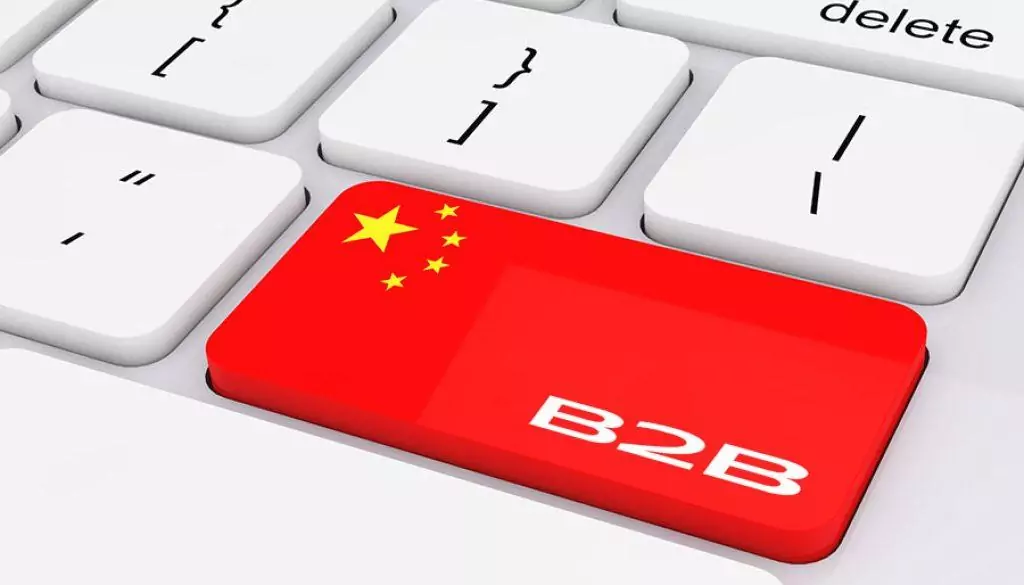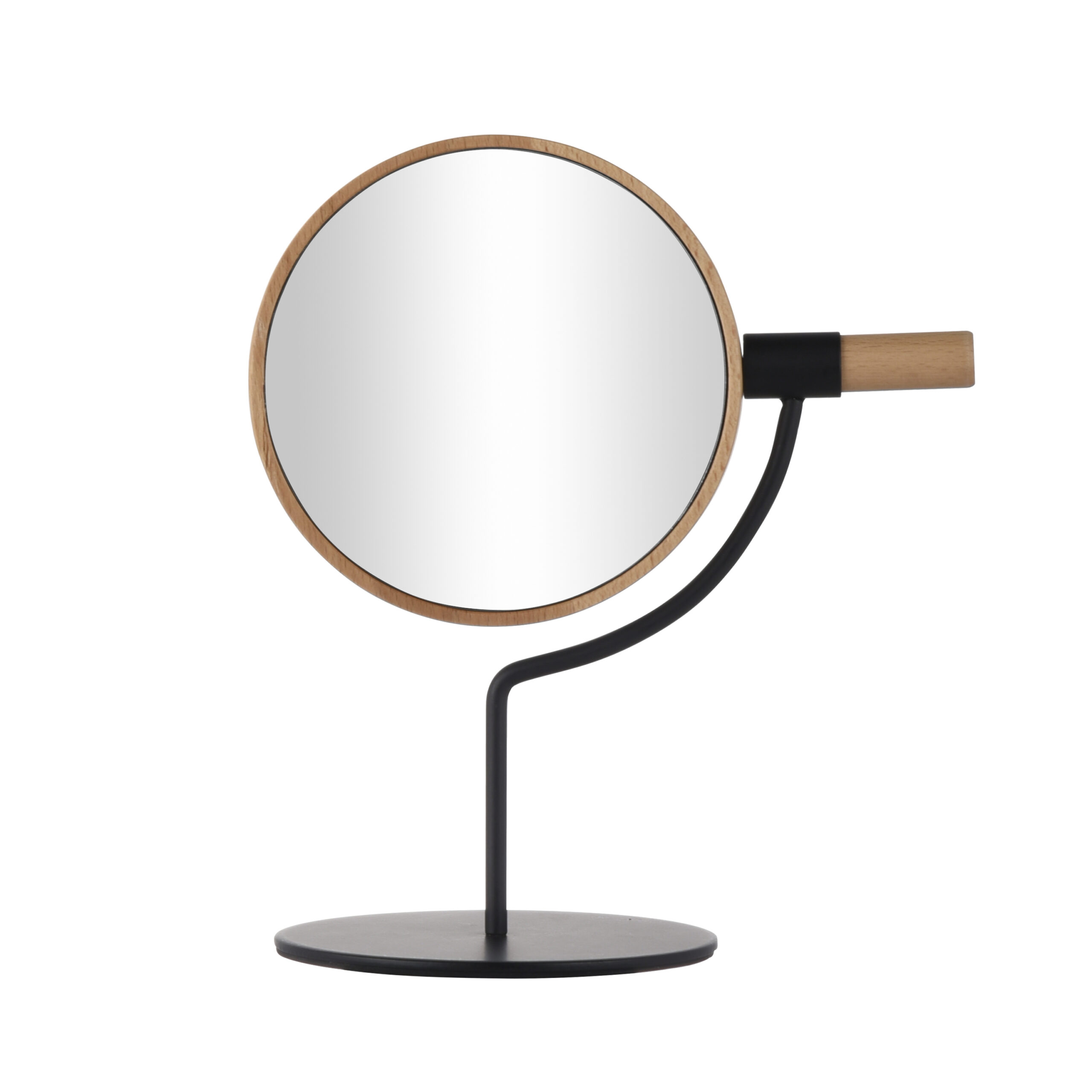In this post, I’m going to show you the common mistakes that importers make when buying wholesale from China.
Sourcing products from China’s wholesale market can be a profitable venture, but it’s fraught with pitfalls that can cost importers time, money, and reputation. Based on collective experiences, here are 20 common mistakes to avoid, now expanded with deeper insights into production planning and timing.
Still interested?
Let’s go ahead. We are going to list the mistakes one by one based on the process of buying wholesale from China as the following,
I. Product Selection: Beyond the Hype
1. Chasing Short-Lived Trends: Building a business on viral products is risky. Focus on evergreen products with stable, long-term demand instead.
With perfect timing, there’s no doubt that you can rack up millions from the latest product fads. For instance, The popular electric scooter, a hot item from 2021 to 2023, helped two of my clients make a fortune because their timing was right.. While this product is still hot right now, the competition is fierce.
“Look, if you’re trying to build a business that lasts, I wouldn’t recommend chasing quick trends. Timing is everything when it comes to fads—get in a little too early, and you might flop; a little too late, and the moment’s already passed. And honestly, nailing that perfect timing? It’s really tough for most people. So instead, why not focus on products that can actually grow into something sustainable? That’s the smarter, long-term play.”
2. Take your eyes off of the Low-Value Products: Low price tags can be deceiving. Always calculate the total landed cost (product + shipping + duties) to assess true profitability.
There are a few problems with the low-value products that we can see:
*Fierce competition
*Low value-added
*Non-substantial profit caused by the shipping cost, though product price is low
Low-value-added potential, meaning any product enhancement will not increase its value. For example, the selling price of a cheap bottle opener will not significantly increase even if you put it in fancy packaging.
Besides, low-value products only seem cheap initially because the international shipping cost has not yet been taken into account. After doing a careful check, if there are already plenty of players in the field, consider stopping and giving a second thought to whether this business is suitable for you.
3. High-consumption products do not necessarily mean good products
When evaluating a good product to import from China, market demand is undoubtedly one of the key factors—and that’s absolutely true.
Highly consumed products certainly fit the demand criteria. Take packing tape, for example. We had customers asking about it, and when they started selling, they quickly realized it wasn’t as easy to move as they’d expected.
The truth is, high-turnover products already have thousands of sellers competing in the space. Profit margins are razor-thin and fully transparent. Plus, many of these players have been in the game for years—they’ve already built solid, reliable distribution channels. It’s an extremely crowded and competitive market.
4. Ignoring Size and Shipping Costs: Large or heavy items can incur shipping costs that exceed the product’s value. Optimize product design for logistics efficiency from the start.
Oh, and don’t forget—one thing people often overlook is how likely a product is to break. If you’re selling on Amazon, fragile items mean higher fees for storage and handling. And honestly, it’s the same headache if you’re storing them yourself—damaged goods just create extra costs and hassle either way.
Now, if you’re just starting out, would you really want to pick something that’s low in value but costs a fortune to ship and takes up half your garage? Come on—that’s a no-brainer. Nobody in their right mind would call that a smart move. It’s a recipe for losing money fast.
II. Supplier Selection: Vetting Beyond the Price Tag+++++++++
5.The “Factory-Only” Myth:
While factories may offer lower prices, trading companies can provide valuable services like order consolidation and quality control, especially for smaller importers.
Especially when you’re finding suppliers on Alibaba, it can be really tough to tell who’s actually a real factory—pretty much everyone claims to be one. But honestly, you don’t need to stress too much about whether a supplier is a factory or a trading company. What really matters is how you weigh the trade-offs between product quality, pricing, and the level of service you get.
From my experience, reliable suppliers—whether factory or trader—usually share a few key traits:
- They strike a good balance between quality and cost—not the cheapest, not the fanciest, but solid value.
- Their sales reps actually know their products and can give you clear, professional advice.
- Communication is fast and smooth—no endless waiting for replies.
- They take responsibility when issues come up, and they focus on solutions instead of excuses.
Both factories and trading companies have their strengths. I’ve actually written two detailed guides on this—stuff you won’t easily find through Google .
6.Choosing the Cheapest Quote: The lowest price often signals compromised quality or hidden risks. Prioritize suppliers who offer a reasonable price with clear communication and professional service.
Let’s be real—low prices get importers excited. There’s always someone out there offering the cheapest deal. I’m not going to tell you never to go for the lowest price, but here’s what you need to know: the cheapest option often comes with hidden headaches.
A lot of small-scale importers have been burned by this. Some suppliers will reel you in with an unbeatable quote. But the moment you send that deposit, suddenly there are “extra costs”—shipping fees, material upgrades, processing charges… you name it. And guess what? Backing out at that point? Forget it. Getting your money back is nearly impossible.
You’ll end up wasting days arguing, jumping on calls, chasing responses—only to feel drained and stuck. And if you refuse to pay more, here’s what they’ll do: quietly lower the quality to match the low price they originally quoted. In the end, you’re paying more in stress, time, and often even total cost than if you’d just gone with a fair-priced, reliable supplier from the start.
So here’s my advice: don’t play Russian roulette with your sourcing. In business, you rarely get top quality at rock-bottom prices—that’s just wishful thinking. Instead, have a solid Plan B ready: a supplier or product option with a reasonable, realistic price. The second something feels off—price changes, vague answers, delays—switch gears and move on. Protect your time, your money, and your peace of mind.
Most Common Sourcing Mistakes on Alibaba
7. Over-relying on “Alibaba Gold Supplier” Status: This is a paid membership, not a guarantee of quality. Conduct your own due diligence by reading reviews and, most importantly, ordering samples
Some tutorials, online guides, or so-called “experienced importers” may tell you to choose “Gold Medal Suppliers” when searching for suppliers on Alibaba. They often equate “Gold Medal” with “high quality,” assuming these suppliers are highly reliable.
However, in reality, the majority of suppliers on the Alibaba platform are Gold Medal Suppliers. Surprisingly, the “Gold Medal Supplier” designation simply means they have purchased Alibaba’s paid membership service, meaning any supplier can obtain this status by paying the corresponding fee. Therefore, the Gold Medal designation cannot be used as a criterion for judging supplier quality.
Alibaba stores also contain inaccurate transaction data, fake user reviews, and false star ratings. Furthermore, some factories that prioritize value for money may not invest heavily in platform advertising.
Therefore, you need to evaluate suppliers from a more pragmatic perspective:
Study samples thoroughly: Before committing to a large-scale partnership, be sure to request product samples from the supplier. Carefully evaluating the materials, craftsmanship, functionality, and other details of the sample is the most direct and effective way to verify the supplier’s production capabilities.
Actively Assume Responsibility: Reliable suppliers won’t shirk responsibility when problems arise. They proactively communicate solutions and actively assume their due responsibilities. This demonstrates their professionalism and commitment to long-term cooperation.
Maintain Timely Communication: Ensure clear, smooth, and timely communication with suppliers throughout the inquiry, sampling, production, and delivery processes. Effective communication can prevent many potential problems and is a touchstone for evaluating a supplier’s service attitude.
8.Overrelying on Alibaba’s Trade Assurance
Many importers often equate Alibaba’s Trade Assurance with third-party electronic payment methods like PayPal. They believe they can easily request a refund if they’re dissatisfied with the imported goods. Many of my clients have emailed me with the same question. Today, I’ll explain the key differences.
Getting a refund from Alibaba suppliers isn’t easy. Trade Assurance isn’t like PayPal, which consistently protects buyers’ interests. After all, orders placed on Alibaba can cost thousands of dollars or more.
If you’re requesting a refund due to product quality issues, you’ll need to provide the following three pieces of strong evidence:
Sales Contract: This clearly outlines all the details of the product specifications, quality standards, and delivery timeframe.
Inspection Report: A detailed report issued by a third-party inspection agency or the buyer themselves confirming that the product doesn’t conform to the contract.
Laboratory Test Report: Authoritative, professional test results covering specific product indicators are crucial for proving quality defects.
Precisely defining quality issues can sometimes be challenging, leading to disputes between buyers and suppliers that can drag on for weeks or even months. This means that the entire refund process requires not only financial investment but also significant time. By the time the issue is resolved, you may have missed the optimal time to sell the product, and all the effort previously invested in the order may have been wasted.
I’m not saying that Trade Assurance is useless for buyers. I want to emphasize that when choosing a supplier, one shouldn’t assume that having Trade Assurance guarantees everything is guaranteed; it doesn’t provide 100% security. Buyers should prioritize a supplier’s professional experience, communication efficiency, problem-solving attitude, product quality, and, of course, price, among other factors. Trade Assurance is a useful safety net, but the foundation of a successful partnership still lies in due diligence on the supplier itself.
In summary, successful product sourcing from China requires a strategic and diligent approach that moves beyond superficial metrics. The key is to avoid the dual pitfalls of flawed product selection—such as chasing short-lived trends or underestimating true landed costs—and inadequate supplier vetting, which includes over-relying on platform labels like “Gold Supplier” or misjudging the protection offered by Trade Assurance. Ultimately, building a profitable and sustainable import business hinges on thorough due diligence: prioritizing evergreen products with solid value, and selecting partners based on sample quality, professional communication, and a demonstrated sense of responsibility, rather than on the lowest price alone. This proactive and informed strategy is fundamental to mitigating risks and fostering long-term success .




